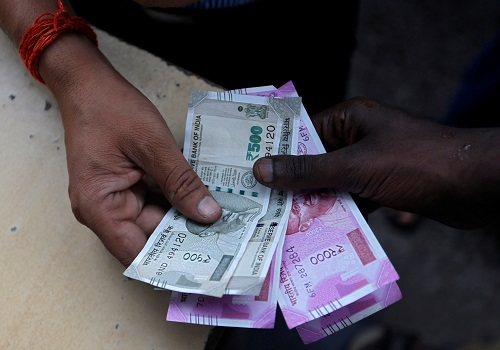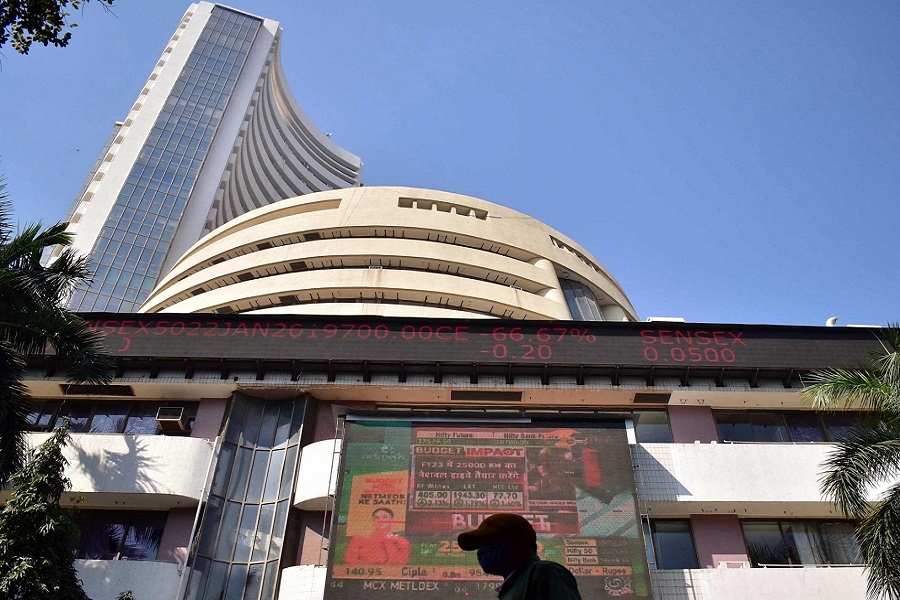Health insurance Sector Update: Sahis - Setting the stage for healthier business - JM Financial Institutional Securities

SAHIs – Setting the stage for healthier business
India’s health insurance sector has come a long way over the years, yet health insurance penetration (gross direct premium as a % of nominal GDP) in the country remains one of the lowest in the world (c.0.4% in FY19). Unsurprisingly, India’s out-of-pocket healthcare expense is still one of the highest at 63% (vs. the world avg of 18%). But we expect the situation to change substantially over the next decade given the strong opportunity and estimate that gross retail premium for the health insurance industry will grow from INR 258bn as of FY21 to INR 1.2trn by FY30E (indicating a potential CAGR of 19% over 9 years). This will be driven by: i) strong long-term structural growth drivers (savings, economic growth, favourable demographics, etc.), ii) improving awareness/education about insurance (especially in the post Covid-19 environment), and iii) the recent regulatory push to further increase insurance penetration. Over the past few months, sector regulator IRDAI (Insurance Regulatory and Development Authority of India) has released a number of draft regulations (significant ones being ‘Use and File’, limits on commission and expenses of management, open architecture and composite licences) to boost penetration. The regulator’s proposals clearly indicate that it is in favour of simplifying norms and moving towards more selfregulation rather than continuing to micro-manage the sector. We see standalone health insurers (SAHIs) as the biggest beneficiaries of these initiatives and expect them to outpace multiline insurers, aided by a) strong distribution network – both individual agency a corporate channels (scope in increasing bancassurance partnerships), b) specialised products, knowledge and unhindered focus on the space, and c) regulatory arbitrage on distribution. We expect SAHIs to continue to gain market share in the space (in line with historical trend) and see them improving their underwriting profitability as combined ratios moderate.
* Large headway for growth: Health insurance penetration (gross direct premium as a percentage of nominal GDP) in India was c.0.4% in FY19, one of the lowest in the world. Concomitantly, out-of-pocket healthcare expenditure in India is one of the highest in the world at 63% (vs. the world average of 18%). However, we expect gross retail premium for the health insurance industry to grow from INR 258bn as of FY21 to INR 1.2trn by FY30E (a potential CAGR of 19% over 9 years) driven by: i) strong long-term structural growth drivers such as high household savings, rising income levels, strong economic growth, favourable demographic profiles, increasing urbanisation as well as low penetration ratio, ii) improving awareness/education about insurance (especially in post Covid-19 environment), and iii) recent regulatory push to increase insurance penetration.
* Regulatory push to act as a tailwind: Over the past few months, IRDAI has come up with numerous draft regulations/exposure drafts. An initial reading of these drafts suggests that the regulator wants to provide greater flexibility to insurers with a view to aid business expansion and, resultantly, increase insurance penetration in India. The recent proposals on commissions and expenses of management seek to simplify norms, improve flexibility of players and, thereby, reduce micro-management of the sector. For SAHIs, the ‘Use and File’ regulations are especially positive, as they allow them greater flexibility in product pricing. The proposals on open architecture and composite licence are also clearly aimed at boosting insurance penetration. Although some of these regulations may enhance competition, we believe that the under-penetration in insurance is such that all insurers will get opportunities to expand their business.
* SAHIs have an advantage in health insurance space: SAHIs, being specialised players, have a straightforward advantage in the health insurance space over multiline insurers. They are bound to grow at a faster pace than multiline insurers (in line with the historic trend) on the back of a) a strong distribution network – both individual agency as well as corporate channels (scope in increasing bancassurance partnerships), b) specialised products, knowledge and unhindered focus on the space, and c) regulatory arbitrage on distribution. Further, given their singular focus on the highly profitable retail business, vs. group business by multiline insurers, SAHIs are expected to improve their underwriting profitability as they achieve scale and the proportion of vintage book increases.
To Read Complete Report & Disclaimer Click Here
Please refer disclaimer at https://www.jmfl.com/disclaimer
SEBI Registration Number is INM000010361
Above views are of the author and not of the website kindly read disclaimer
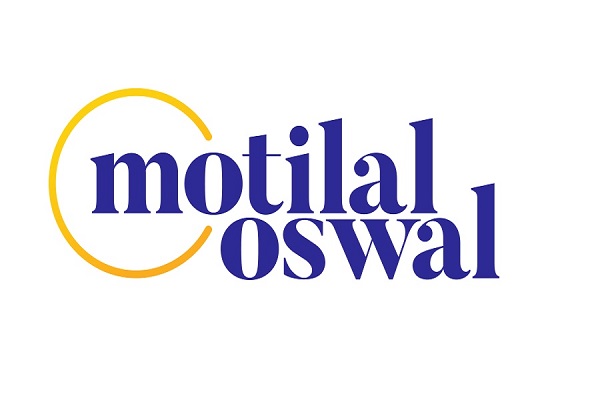
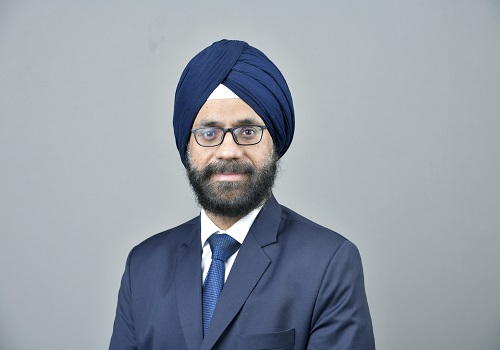


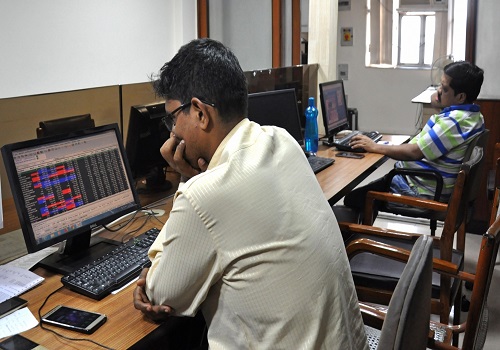
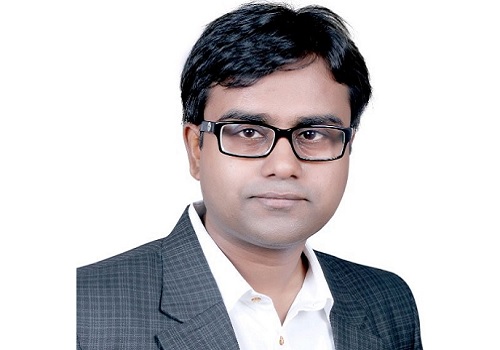
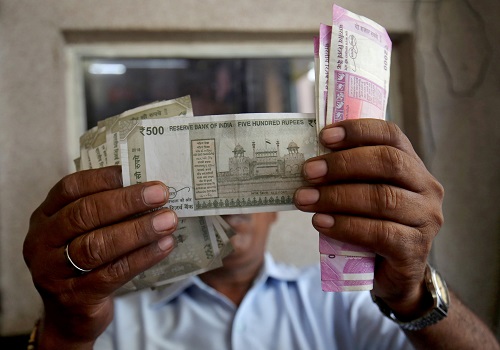
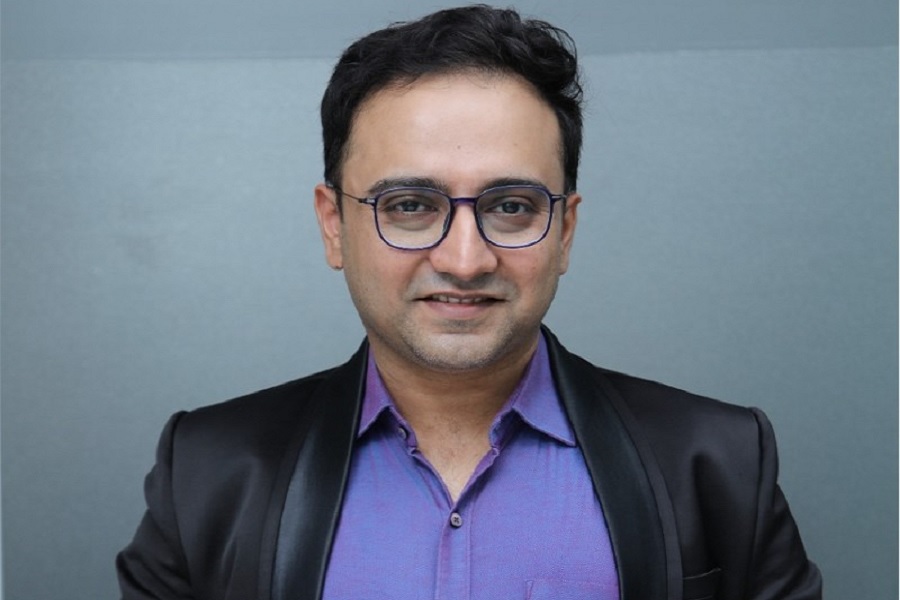


Tag News
More News

Chemicals Sector Update : 1QFY26 review: Mixed bag despite easy base; future tense by Kotak ...






